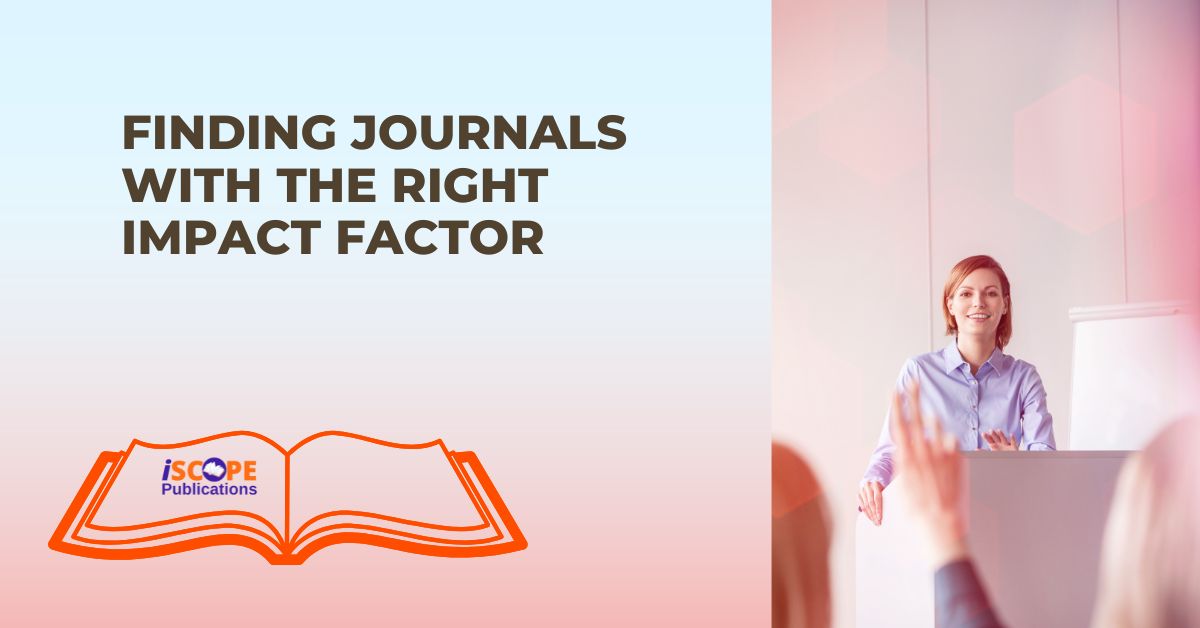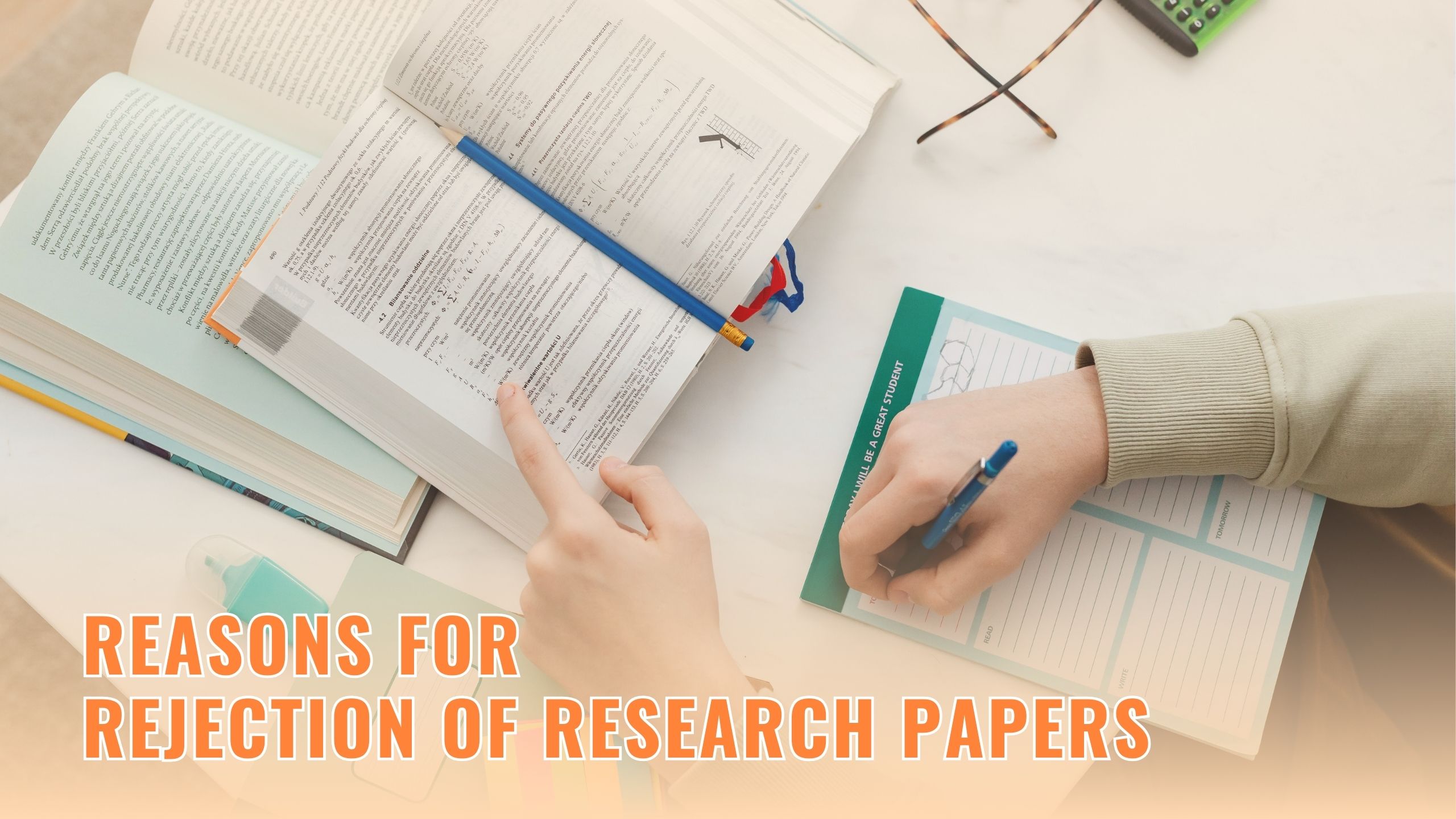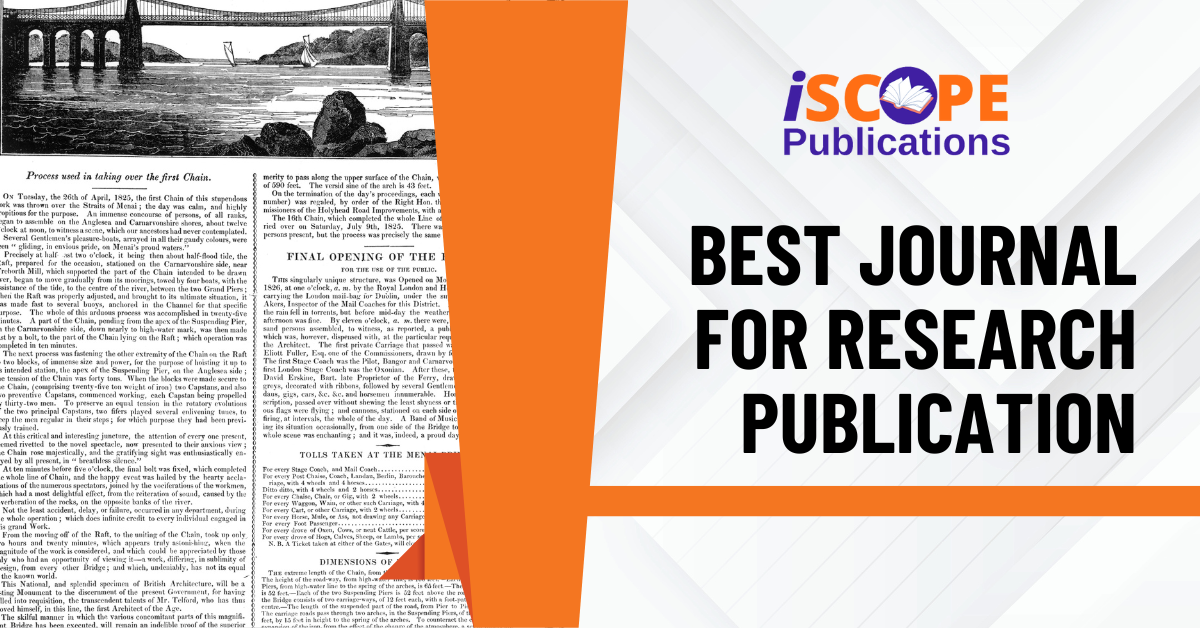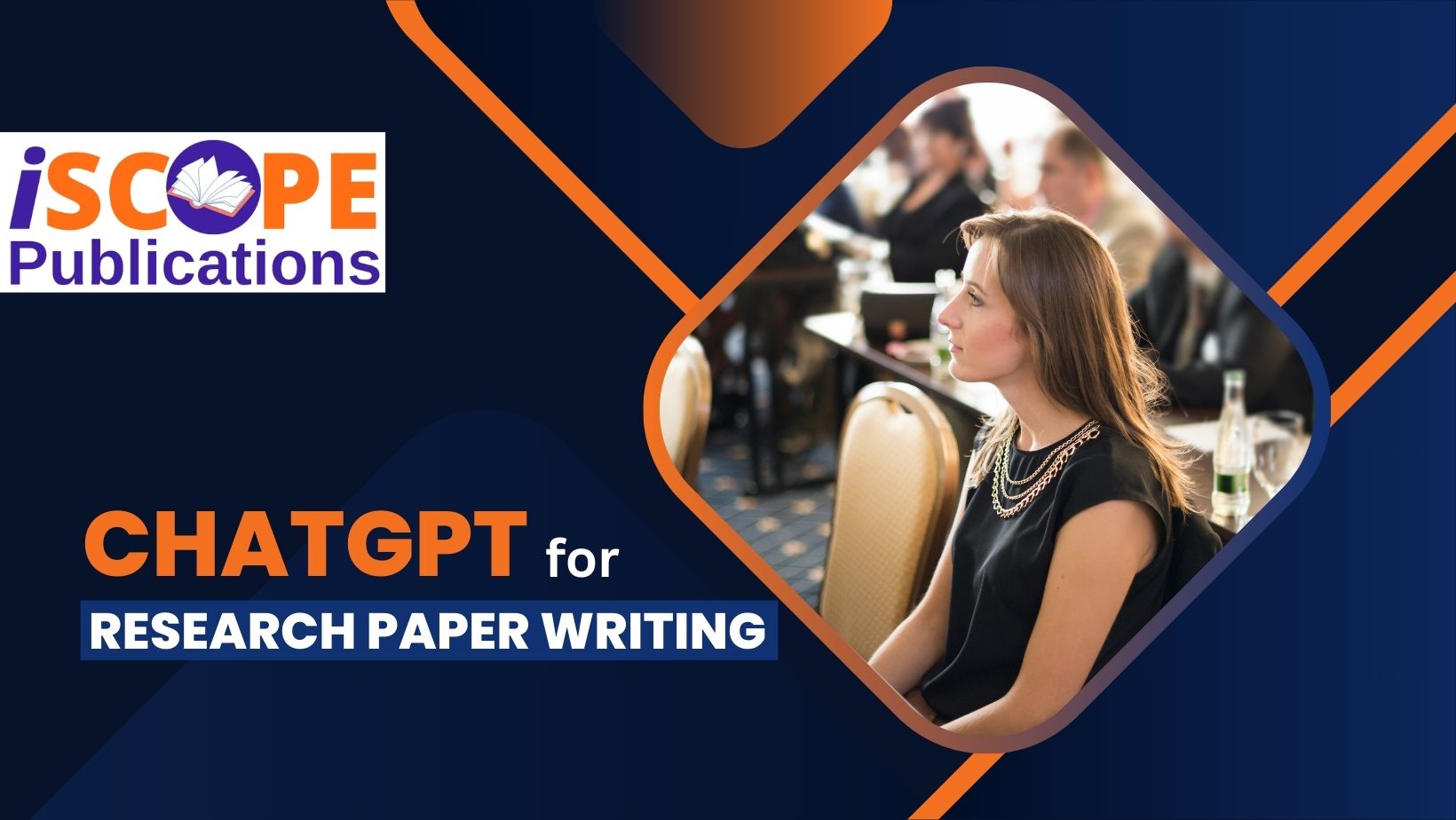In the realm of academic publishing, the impact factor (IF) stands as a pivotal metric that influences the decisions of researchers, authors, and institutions. Developed in the mid-1960s by Dr. Eugene Garfield and Dr. Irving H. Sher, the impact factor was initially intended to serve as an equalizer for evaluating journals of varying sizes within a specific discipline. Over the years, its applications have broadened, making it a crucial tool in the academic community. Delves into the concept of impact factors, their calculation, significance, and the role they play in journal selection.
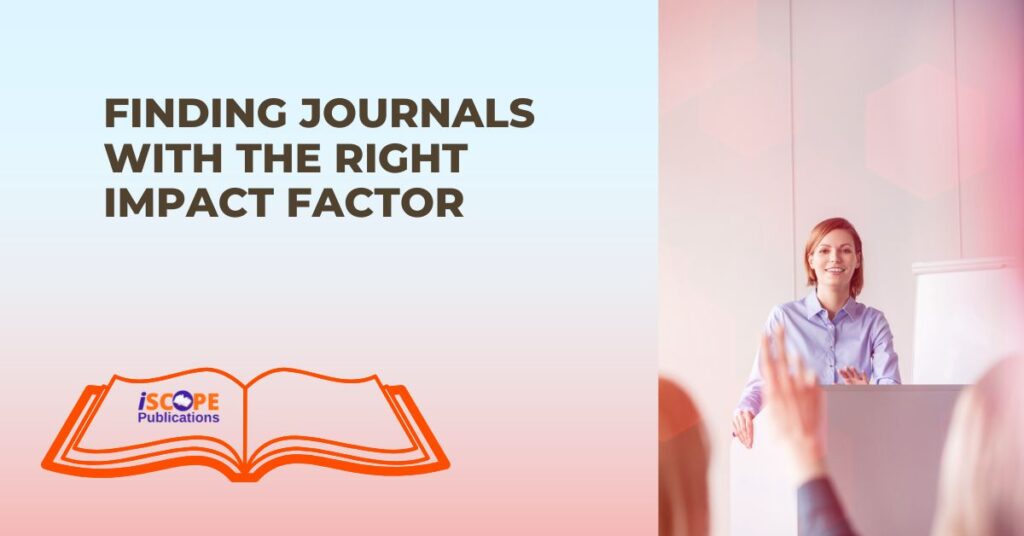
What is an Impact Factor?
Impact factor is a measure that reflects the average number of citations received by articles published in a journal over a specific period, typically two years. It is calculated by dividing the number of citations in a given year by the total number of articles published in the previous two years. For example, if a journal has an impact factor of 3, it means that, on average, each article published in the journal over the past two years has been cited three times.
Impact Factor Calculation
Formula

Visual Workflow
Step 1: Count the total number of articles published in the past two years.
- 2023 = 50 articles
- 2024 = 50 articles
- Total = 100 articles
Step 2: Count the citations received in the current year (2025).
- Total citations = 300
Step 3: Apply the formula.

Significance of Impact Factor
Impact factor serves multiple purposes in the academic community:
Journal Selection: Researchers often use the impact factor as a criterion for selecting journals to submit their manuscripts. Higher impact factor is generally perceived as an indicator of a journal’s prestige and the quality of its articles.
Funding and Grants: Institutions and funding bodies may consider the impact factors of journals where researchers publish their work when making decisions about grants and funding.
Career Advancement: Academics seeking promotions or tenure may be evaluated based on the impact factors of the journals in which they have published.
Library Collections: Academic libraries use impact factors to make decisions about which journals to subscribe to, ensuring they provide access to high-quality research.
Criticisms of Impact Factor
Despite its widespread use, the impact factor has faced criticism on several fronts:
Citation Practices: Impact factor does not account for variations in citation practices across different disciplines. For example, journals in the life sciences tend to have higher impact factors than those in the humanities.
Short-Term Focus: Two-year citation window may not accurately reflect the long-term impact of research, particularly in fields where citations accumulate slowly.
Manipulation: Some journals may engage in practices to artificially inflate their impact factors, such as encouraging self-citations or publishing review articles that tend to receive more citations.
Quality vs. Quantity: Impact factor measures the quantity of citations, not the quality of the research. Highly cited articles are not necessarily of high quality.
Alternatives to Impact Factor
In response to the limitations of the impact factor, several alternative metrics have been developed:
h-Index: h-index measures both the productivity and citation impact of a researcher’s publications. An h-index of 10 means the researcher has 10 papers that have each been cited at least 10 times.
Eigenfactor Score: Metric considers the origin of the citations, giving more weight to citations from influential journals.
Article-Level Metrics (ALMs): ALMs provide data on the impact of individual articles, including citations, downloads, and social media mentions.
SCImago Journal Rank (SJR): SJR indicator measures the scientific influence of scholarly journals, considering both the number of citations received and the prestige of the citing journals.
Choosing the Right Journal
When selecting a journal for publication, researchers should consider several factors beyond the impact factor:
Scope and Audience: Ensure the journal’s scope aligns with the research topic and that it reaches the intended audience.
Peer Review Process: Consider the rigor and transparency of the journal’s peer review process.
Open Access: Determine whether the journal offers open access options, which can increase the visibility and accessibility of the research.
Publication Speed: Evaluate the average time from submission to publication, especially if timely dissemination of the research is important.
Reputation and Ethics: Assess the journal’s reputation in the field and its adherence to ethical publishing practices.
Impact factor remains a significant metric in the academic publishing landscape, influencing journal selection, funding decisions, and career advancement. It is essential to recognize its limitations and consider alternative metrics and qualitative factors when choosing a journal. By taking a holistic approach to journal selection, researchers can ensure their work reaches the appropriate audience and achieves the desired impact.
FAQs
What is an impact factor?
- Impact factor is a metric that measures the average number of citations received by articles published in a journal over a specific period, typically two years.
How is the impact factor calculated?
- Impact factor is calculated by dividing the number of citations in a given year by the total number of articles published in the previous two years.
Why is the impact factor important in journal selection?
- Impact factor is important because it is often used as an indicator of a journal’s prestige and the quality of its articles, influencing researchers’ decisions on where to submit their work.
What are some criticisms of the impact factor?
- Criticisms include its focus on short-term citations, variations in citation practices across disciplines, potential for manipulation, and its emphasis on quantity over quality.
What are some alternatives to the impact factor?
- Alternatives include the h-index, Eigenfactor Score, Article-Level Metrics (ALMs), and SCImago Journal Rank (SJR).
How can researchers choose the right journal for their work?
- Researchers should consider factors such as the journal’s scope, audience, peer review process, open access options, publication speed, and reputation.
What is the h-index?
- h-index measures both the productivity and citation impact of a researcher’s publications, indicating the number of papers with a certain number of citations.
What is the Eigenfactor Score?
- Eigenfactor Score considers the origin of citations, giving more weight to citations from influential journals.
What are Article-Level Metrics (ALMs)?
- ALMs provide data on the impact of individual articles, including citations, downloads, and social media mentions.
What is the SCImago Journal Rank (SJR)?
- SJR indicator measures the scientific influence of scholarly journals, considering both the number of citations received and the prestige of the citing journals.
